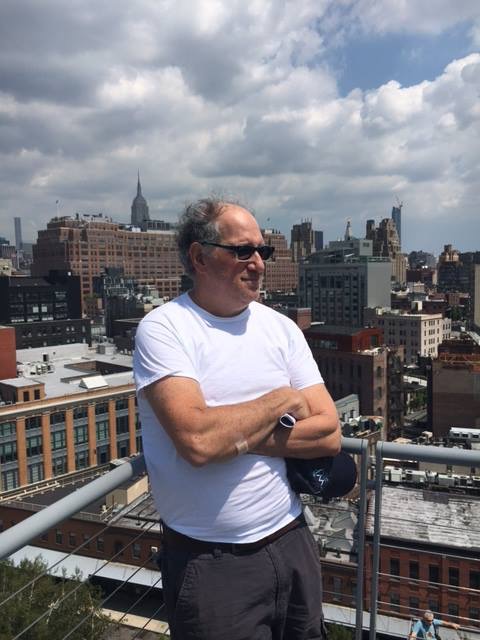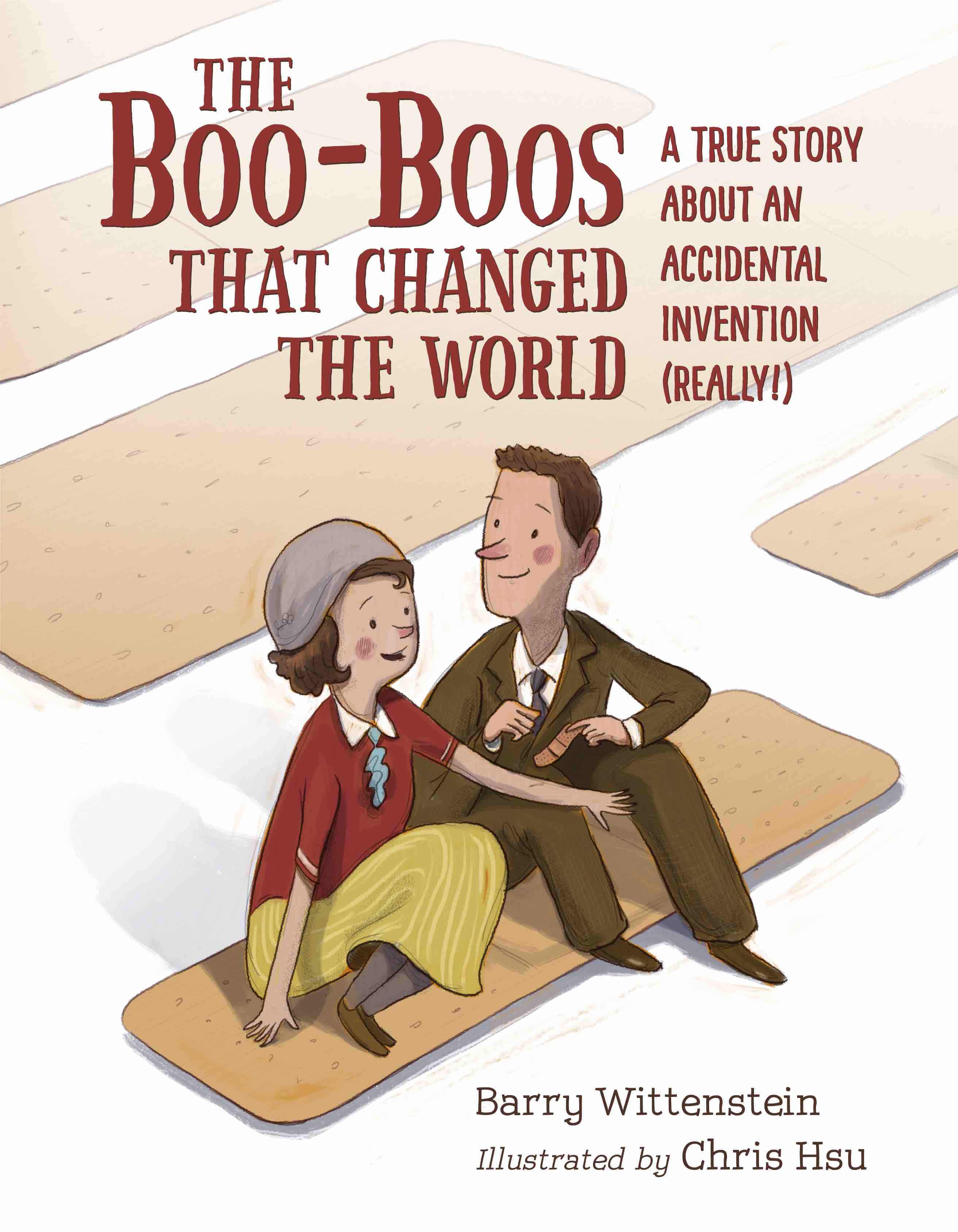 Barry Wittenstein is the author of The Boo-Boos That Changed the World. The following is a complete transcript of his interview with Cracking the Cover.
Barry Wittenstein is the author of The Boo-Boos That Changed the World. The following is a complete transcript of his interview with Cracking the Cover.
You’ve been a writer for most of your life. What made you move in the direction of children’s literature?
I went back college to get my Masters in Childhood Education at the age of 57. I figured teaching was one of the fields that welcomes career changers and older folks. I took this great class about children’s lit, and was blown away by all the wonderful books I had no idea existed. The only picture book I was familiar with was WHERE THE WILD THINGS ARE. In the 1950s and 60s, parents didn’t read as much to their kids as they do today. There weren’t even that many picture books published. I seriously had no intention of writing picture books—though I’m very happy I fell into it.
What interests you about nonfiction? How do you decide on a topic?
There are so many unknown people in history whose wonderful stories have yet to be told. Or, if they have been told, they have not yet appeared in children’s literature. I spent three years as an elementary substitute teacher in New York City’s elementary schools. During that time, I realized that there are unknown or too-little-known stories that absolutely would fit perfectly into today’s curriculum.
How I decide on a topic is probably identical to how other nonfiction writers decide. I ask myself a couple of questions. One, has a picture book been written about this person or event? If so, has that author or authors written about the same theme or particular event? Then, if both answers are ‘no’, I need to find a way to tailor it to the 4-9 demographic. Not easy sometimes. I am so used to writing for adults, it’s taken a lot of work and practice and advice and feedback.
Where did the idea for The Boo-Boos That Changed the World come from?
About ten years ago, I made myself a little book, as in 4 inches by 4 inches, that had all these images of Band-Aids that I had digitally colored in and tooled around within Photoshop. At some point, it dawned on me or I remembered that the Band-Aid is often used as a metaphor. Meaning, it’s not a real solution, it’s temporary, and impractical. As in, “put a Band-Aid on it.” It has a negative connotation. I liked the metaphor and thought it was an interesting narrative to include with my pretty pictures. So, besides just making pretty pictures of weird looking Band-Aids, I began doing some versions of the Band-Aids with political or social statements. Some were lighthearted. Others were not. But I wanted to find out who the heck invented the thing so I could add a story to my little book. I researched online and learned about Earle and Josephine. I made about six copies and gave them to friends. And forgot about it. Ten years later, now in the picture book business, I reevaluated the story with fresh eyes. And in reading their story, it struck me as funny that their journey seemed to come to a successful conclusion over and over again. I came up with THE END motif that starts and stops the narrative.
Are you more like Earle or Josephine?
Definitely Earle. Lightbulbs going off over my head all the time. Like…now! Hold on a second. Hmmm…okay. Yeah, that’s a good one.
 Take me through your writing process.
Take me through your writing process.
I’ve only been writing picture books for about five years, so I’m still trying to figure out my process.
After I’m pretty confident I have an interesting story and would be appropriate for children, I’ll play around with the first person/third person issue. After that, for me, it’s a decision of whether it’s going to be free verse (written in the form of a poem) or regular text. Meaning, sentences. There must be a name for it. I told you I was new! Or why not use text alerts? Or writing it out like a screenplay? How best can I communicate the story? More often than not, I’ll try different approaches until it just “hits” me. Even then, I could be wrong. Writing a story is like coming to forks in the road at every mile.
What’s the most difficult thing about writing a nonfiction picture book? The most rewarding?
Everything is difficult! One thing I have learned is that each editor has his/her own preferences. One might gravitate to biographies, while another is looking for fiction only. Even if you find the right editor and he/she likes your project, it might not be for their “list.” Maybe they have a manuscript that covers similar territory. My story about jazz saxophonist Sonny Rollins was rejected by one editor because he had another nonfiction biography about a musician from the 1950s. I’m still learning the business side of the process.
The most rewarding is reading a beautiful review of your work, and seeing the attentive faces of kids after you’ve read your story to them. As a substitute teacher, I often told the kids of my upcoming books. I always got the wide-eyed question, “Wow. You’re an author?!!!!”. It’s a great feeling.
What are you working on now?
I try to work on several stories at the same time. That way, if I get too frustrated working on one, I’ll switch to another. Often, I’ll go back to the first one with new eyes. Having said that, there’s a story about an African woman who is doctor and humanitarian. That’s nonfiction. I’ve been trying to write that for a few years. Haven’t nailed it yet, but I will. Someday. Another nonfiction piece is a story about the Holocaust. So many ideas. I don’t want to reveal too much about my subjects. It’s a jungle out there!
Is there a book from your own childhood that still resonates with you today?
No. I was raised on the DICK AND JANE series in the 1950s. It really wasn’t until editor and publisher Ursula Nordstrom re-invented the genre to appeal to kid’s imaginations that the picture book genre began to take off. So, no. Personally, it wasn’t until high school and college that I began to really love Beatnik poetry and classics from Hemingway. Those are the books that resonate with me today.
